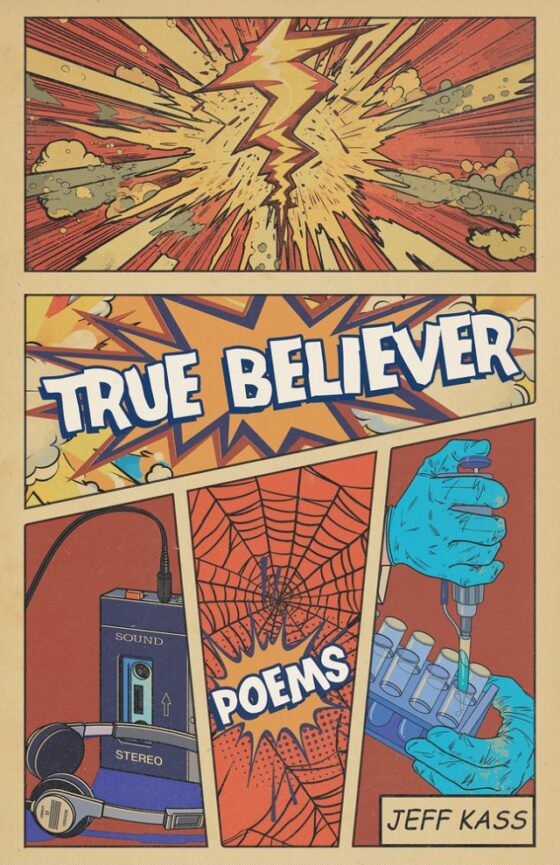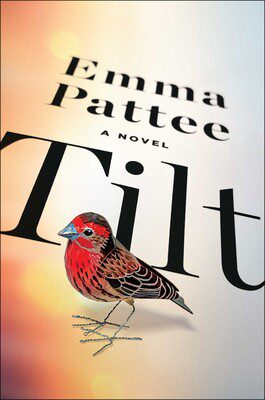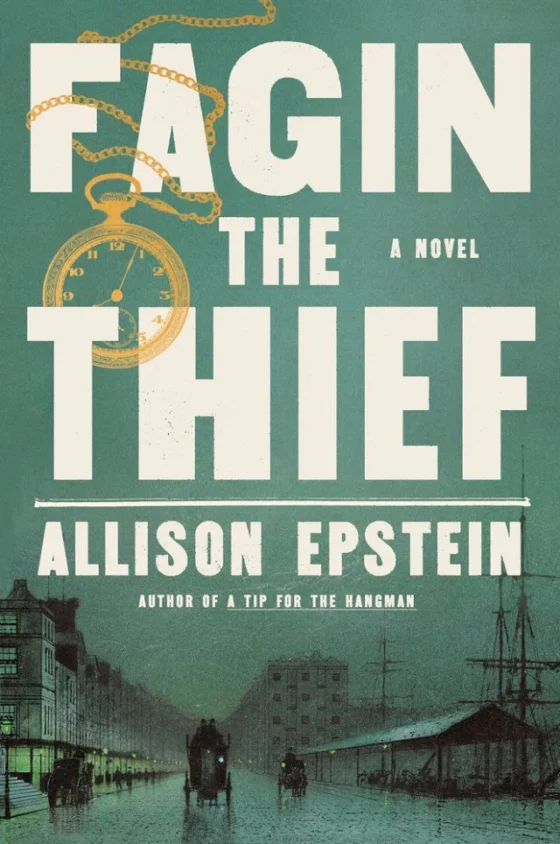
I guess I finally rode McSweeney’s coattails into a graduate English department: McSweeney’s 17 forms a key part of the honors thesis of one Flora Feltham, at the University of Otago, New Zealand. Some time ago, she emailed me the following:
The section I’m currently working on is about the blurry distinction between fiction and non-fiction in the issue and how the dynamic between the fictive and the non-fictive informs our relationship with a potentially literary text. What I would love to know, then, is what degree of authenticity your fantastic Yeti Researcher has?
I of course love over-intellectualizing my own work — I mean: who doesn’t, really? — so I will admit that I was thrilled that someone else decided to pile on. I answered Flora’s questions, and a little while ago, she sent me the relevant chapter of her thesis. Incredibly, Yeti Researcher is mentioned in the same breath as Erasmus Darwin’s The Botanic Garden, part of which is a scientific work in the form of a poem:
This combination of “metaphor and scientific material” (Emery, 1) – a tangle of fictional rhetoric and factual content – is, obviously, uncommon to both literature and scientific writing. About 200 years later, “Yeti Researcher” jumbles up the conventions of fiction and non-fiction in an equally atypical style. The difference is that Darwin was writing demonstrable scientific information using the medium of poetry, whereas the editorial-board at “Yeti Researcher” uses the conventions of scientific prose to write about a fictional creature in the context of a literary magazine.
Flattered! Fletham later goes on to offer an analysis about how stylistic prose choices helped define Yeti Researcher as a distinct form of “non-narrative fiction,” which itself is situated in turn in the grand sweep of literature and fiction in our fragmented (super-post-)modern culture. Whew! And by way of my answers, Feltham addresses the question most often put to me back when the Yeti Researcher first came out:
“[T]he idea was to make something that McSweeney’s readers would think is amusingly, fascinatingly compelling and that bigfoot researchers would be able to read with satisfaction” (Bearman, e-mail). Thus, though their intention was fictional, every step of the research and writing process was subject to rigorous fact-checking in accordance with the pseudo-scientific field they were working within: the information in “Flores Man and Sumatra’s Orang pendek” could “have survived the fact-checking process at a real magazine.” They did not make-up any of the information, insofar as, according to common-sense it was not already made up. “[T]he information in the articles is real. By which I mean we didn’t make up any bigfoot sightings, records, theories, etc. It was all researched and cited.”
OK, so the ads were fake. And the Classifieds. And Jim Shepard’s contribution, which was clearly a piece of fiction masquerading as a real document inside a magazine of fiction masquerading as a real document! And there may have been a few other fudged things. But otherwise, YR (as we at the Society for Cryptic Hominid Investigation like to call it) stands by its work. Which, I’m now reminded, was really fun to put together. Does etiquette say that four years is too late to publically acknowledge Mark Sundeen, Jim Ruland, John Silver, Jim Shepard, Erik Bluhm, Eli Horowitz, and Brian McMullen? Hope not!
All this nostalgia made me go back and take a look at the fine writing and designing and editing that went into YR, which, if you don’t own that pile of ingeniously disguised fake junk mail that was issue 17, is hard to come by. Which is why, if anyone is interested, I’m going to make the whole thing available right here!





